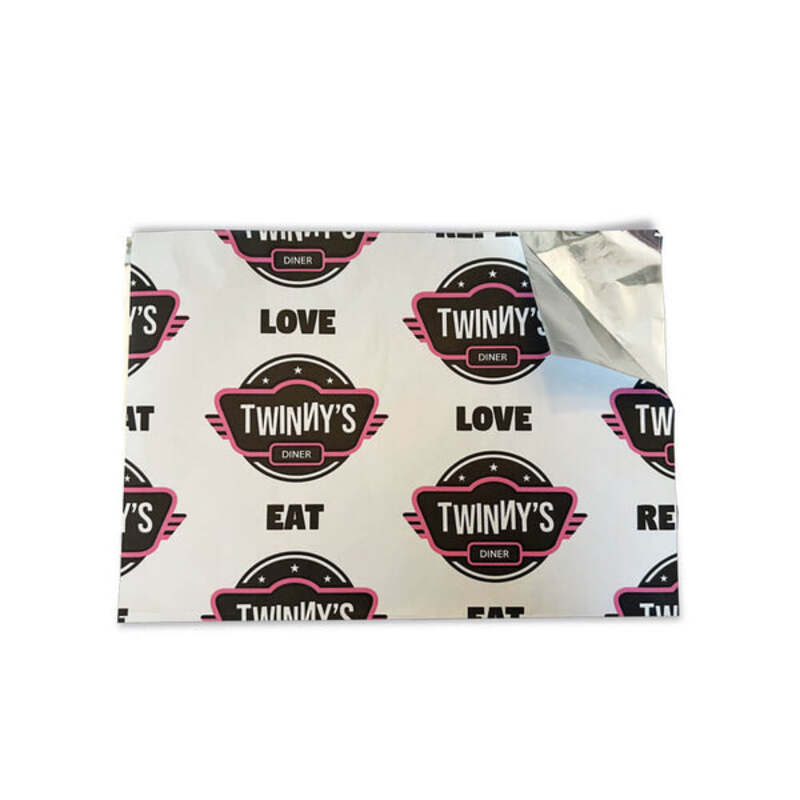Paper Packaging for Food A Sustainable Choice for the Future
In recent years, the food packaging industry has undergone a significant transformation, driven by increasing consumer demand for sustainable alternatives to plastic. Among these alternatives, paper packaging has emerged as a leading choice due to its environmentally friendly properties, versatility, and adaptability. This article explores the advantages of paper packaging for food, the challenges it faces, and its potential future in the food industry.
Environmental Benefits
One of the primary reasons for the growing popularity of paper packaging is its minimal environmental impact compared to plastic. Paper is biodegradable and compostable, meaning it breaks down naturally over time, returning nutrients to the soil. In contrast, plastic can take hundreds of years to decompose, leading to immense waste management challenges and environmental pollution.
Moreover, paper packaging is often made from renewable resources, such as trees, which can be sustainably harvested. Responsible forestry practices ensure that tree growth is maintained, allowing for a continuous supply of raw materials. This contrasts sharply with the fossil fuels required to produce conventional plastic packaging, which contributes to greenhouse gas emissions and climate change.
Versatility and Functionality
Paper packaging is remarkably versatile and can be tailored to suit a wide range of food products. It can be utilized for various applications, from lightweight wrappers and bags to sturdy boxes for takeout and delivery. The ability to customize designs and prints also allows brands to create visually appealing packaging that enhances branding and attracts consumers.
Furthermore, advancements in technology have improved the functionality of paper packaging. Innovations in barrier coatings, for instance, allow paper materials to protect food products from moisture, grease, and bacteria while maintaining breathability. This capability is particularly vital for fresh produce, frozen items, and ready-to-eat meals.
Health and Safety Considerations
paper packaging for food

Safety is an essential factor in food packaging, and paper has advantages in this area as well. Paper products do not leach harmful chemicals into food, something that has been a concern with certain plastics, especially when heated. Additionally, paper packaging can be treated with food-grade coatings that enhance protection without compromising safety.
Recent research also indicates that consumers are increasingly aware of food safety and the materials that come into contact with their food. Choosing paper packaging can provide reassurance to customers who prioritize health and environmental safety, thus influencing their purchasing decisions.
Challenges and Limitations
While paper packaging offers many benefits, it is not without its challenges. The recycling process for paper is often complicated by contamination from food residues, which can lead to significant waste. Additionally, some types of paper packaging are still lined with plastic to extend shelf life, which complicates the recycling process further.
Cost can also be a barrier. While paper is becoming more popular, the initial investment in sustainable paper packaging solutions can be higher than traditional plastic materials. As demand increases, however, economies of scale may help to drive costs down, making paper packaging a more financially viable option for businesses.
The Future of Paper Packaging in Food
The future of paper packaging in the food industry looks promising as more companies recognize the importance of sustainability. The global emphasis on reducing single-use plastic and carbon footprints aligns with the growth of paper packaging. Many major food brands and retailers are already transitioning to paper solutions, setting a trend that is likely to continue.
In conclusion, paper packaging represents a sustainable, versatile, and safe option for food products. While there are challenges to overcome, the environmental benefits and consumer preferences strongly support its adoption. As technology advances and more innovative solutions are developed, paper packaging is poised to play a significant role in the future of the food industry, contributing to a healthier planet and a safer food environment for all. By opting for paper over plastic, both consumers and businesses can make a positive impact on the world, paving the way for a more sustainable and responsible future in food packaging.



